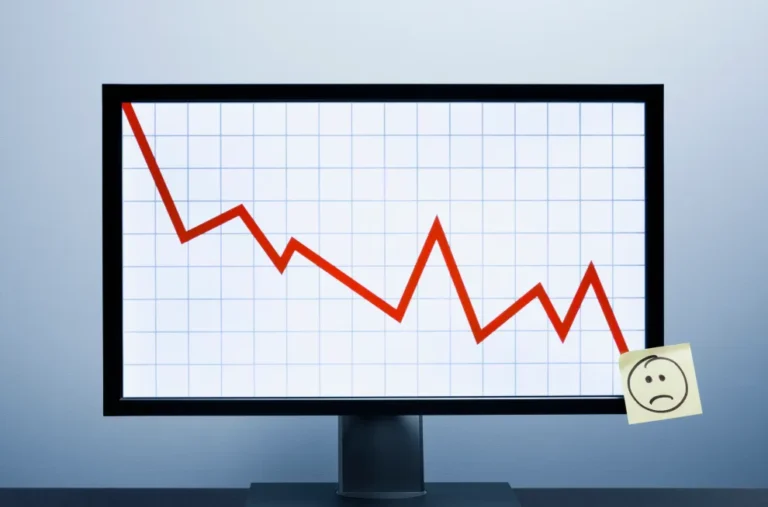Dongbu Construction “PF contingent liabilities are at a very low level,” refuting rumors of a liquidity crisis
Dongbu Construction completed securing liquidity of KRW 3,000 billion “PF funds are mainly invested in sites where construction costs are secured” ‘Poor’ outlook for financing, urgent need for construction companies to come up with self-rescue measures

Dongbu Construction has drawn a line with regard to the rumors of a liquidity crisis floating around the market, saying that it is not true. This is a rebuttal to the corporate risk theory raised by some securities companies and the media, and Dongbu Construction emphasized that there are no problems with business operations as it has secured liquidity of 3,000 billion won.
“Some decrease in cash assets is a temporary phenomenon”
On the 5th, Dongbu Construction announced in an official statement, “Our position is that there is no problem with the risk opinion recently issued by a specific securities company.” Regarding the decline in some of the cash assets in the third quarter of last year, which the securities company cited as the basis for risk, it said it was a temporary phenomenon caused by the liquidation of some high-interest debt securities that had reached maturity to reduce the burden of financial costs.
Previously, Bae Se-ho, a researcher at Hi Investment & Securities, explained the crisis in the real estate and construction industry resulting from the recent poor project financing (PF) through the ‘Comments on Taeyoung Construction Workout Application’ report published on the 2nd and said, “Dongbu Construction is expected to expand as of the third quarter of 2024. “It has cash assets of KRW 3 billion, and short-term borrowings amount to KRW 583 billion,” he predicted. “As the insolvency of large-scale construction companies rises to the surface, small and medium-sized construction companies may also face difficulties in raising short-term private loans.”
In response, Dongbu Construction said that out of the net borrowings of approximately KRW 3 billion as of the third quarter of last year, approximately KRW 4,800 billion are loans secured by return of land sale proceeds for the purchase of public housing land by the Korea Land and Housing Corporation (LH), which are in fact bonds with a national credit rating. He emphasized that this has nothing to do with the company’s risks. Furthermore, he added that the amount of borrowings has been steadily reduced, including repaying approximately 3,500 billion won in the fourth quarter of last year.
Dongbu Construction also spoke about securing liquidity. It is explained that at the end of last year, it secured liquidity of about 3,000 billion won by focusing on collecting construction costs at overseas sites, construction costs at completed sites, and loan recovery. In future business development, we plan to execute low-interest loans as scheduled, but gradually reduce interest costs and debt repayment burdens by continuously reducing existing high-interest borrowings.
It was also confirmed that real estate PF contingent liabilities were only at a manageable level. As of the third quarter of last year, Dongbu Construction’s PF contingent liabilities (based on guarantee limit) were approximately 3 billion won, which is claimed to be very low considering the domestic PF market size totals 2,000 trillion won. In addition, since most of the sites where PF funds have been invested have secured construction costs above a certain level or are recording a high sales rate, the situation is different from some of the insolvent construction companies that have recently become a problem. The basis for this was that Seoul Credit Rating maintained its credit rating in December last year, stating that “Dongbu Construction’s PF risk is limited.”
Liquidity crisis is not just Dongbu Construction’s problem
As a result, the theory of Dongbu Construction’s liquidity crisis floating around the industry has been put to rest, but dark clouds still hang over the real estate and construction industries as a whole. In the aftermath of Taeyoung Construction’s corporate restructuring (workout), the stock prices of other construction companies continued to decline, and credit rating agencies rushed to adjust their credit ratings. According to the Korea Credit Rating Service, in December last year, GS E&C’s unsecured bond credit rating was downgraded from ‘A+’ to ‘A’, and its commercial paper credit rating was downgraded from ‘A12+’ to ‘A2’. Shinsegae Construction’s unsecured bond credit rating was also downgraded from ‘Grade A stable’ to ‘Grade A negative’. In the case of Dongbu Construction, the company’s credit rating was maintained, but its commercial paper and electronic short-term bond credit ratings were partially adjusted from ‘A2+’ to ‘A3’.
In the industry, as Taeyoung Construction’s workout, which has been floating around in the market since the second half of last year, has become a reality, predictions have been raised that a crisis among mid-sized construction companies and a series of bankruptcies among subcontractors will continue. An official from a securities company said, “The aftermath of a mid-sized construction company’s bankruptcy could have a chain reaction not only to related subcontractors but also to trust companies responsible for bad loans,” and added, “Construction companies are expected to have poor financing conditions this year as well as last year. “We will need to actively prepare self-rescue measures such as asset securitization and fund transfusion through the parent company,” he said.









 네이버계정으로 로그인하기
네이버계정으로 로그인하기
 카카오톡 계정으로 로그인하기
카카오톡 계정으로 로그인하기
